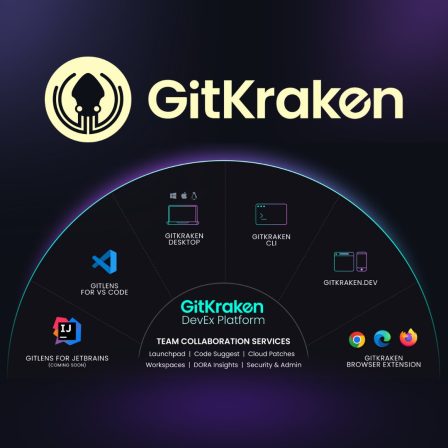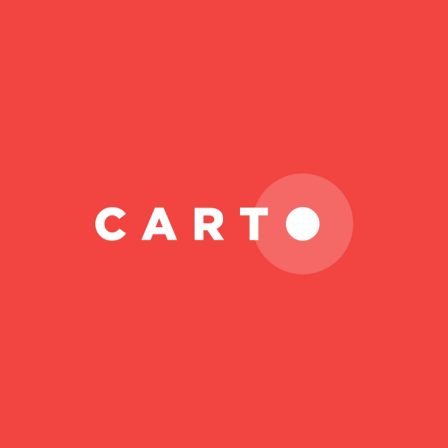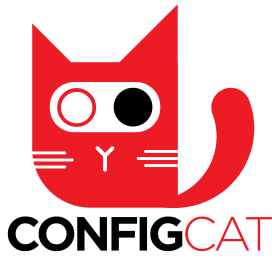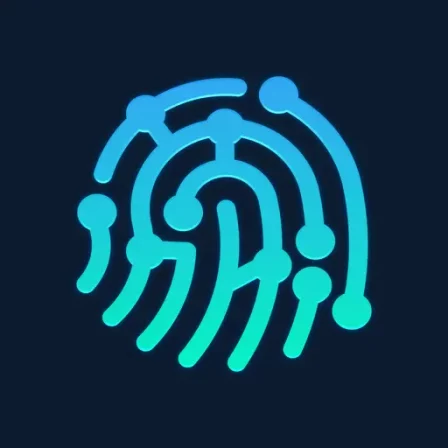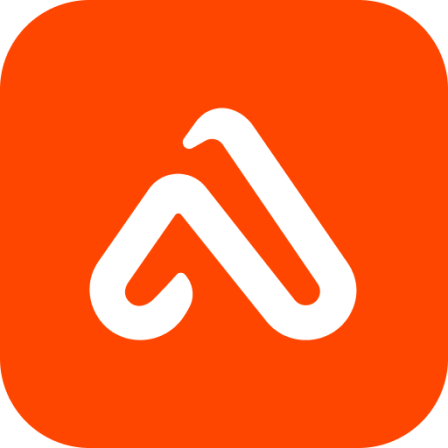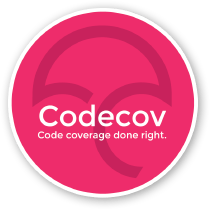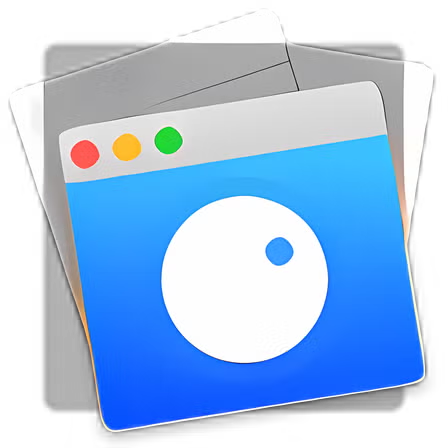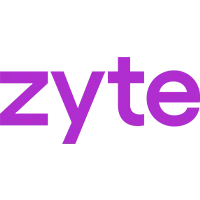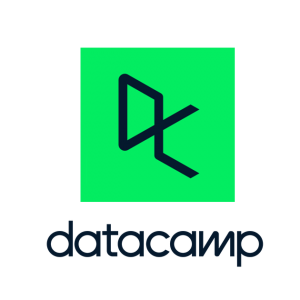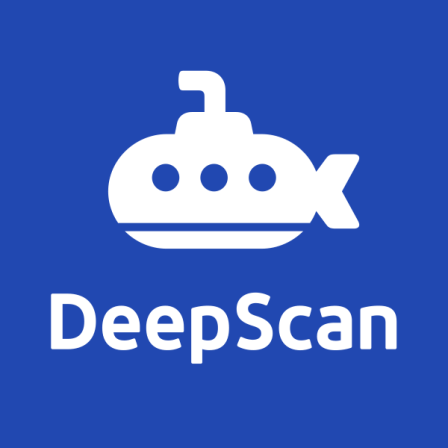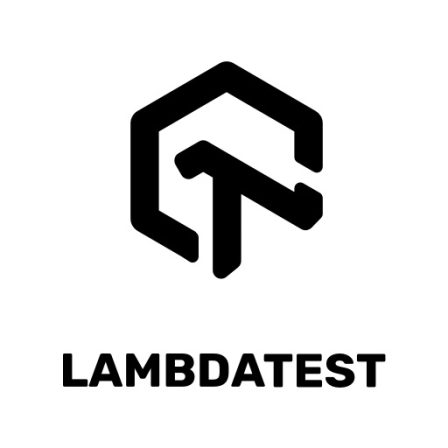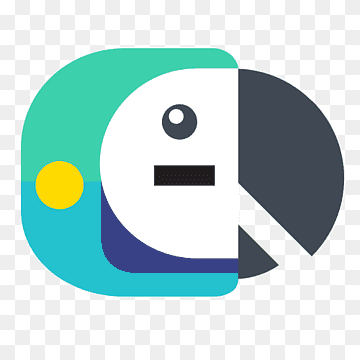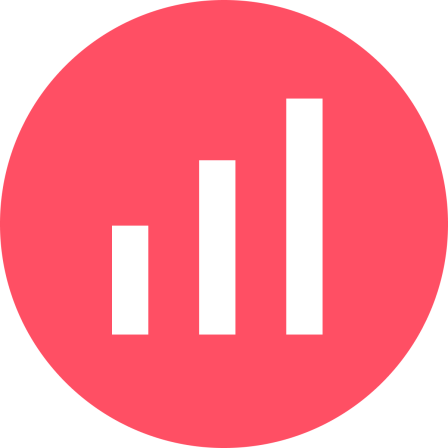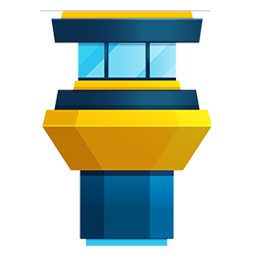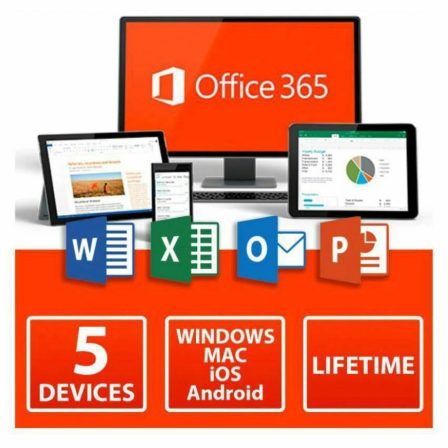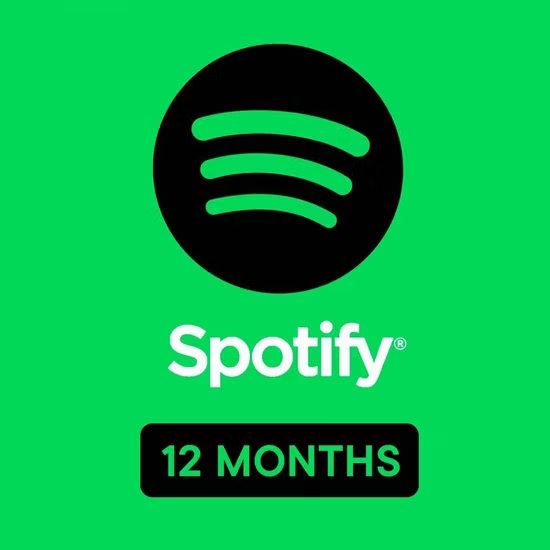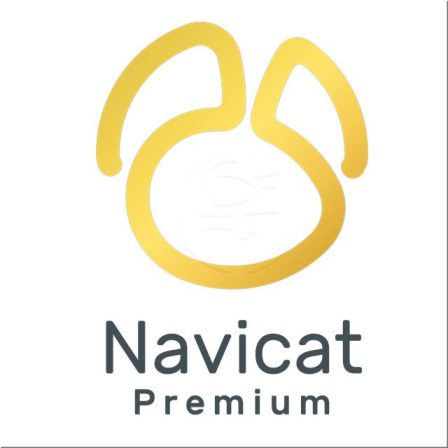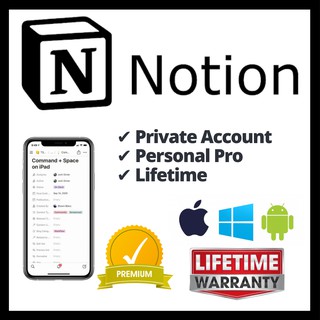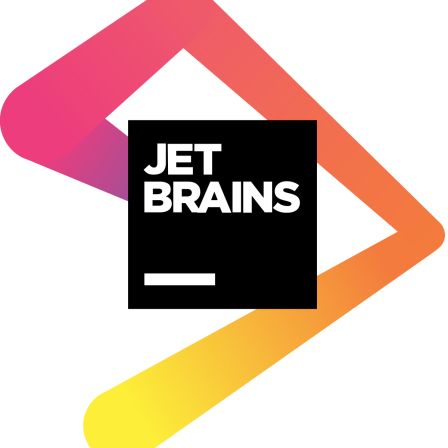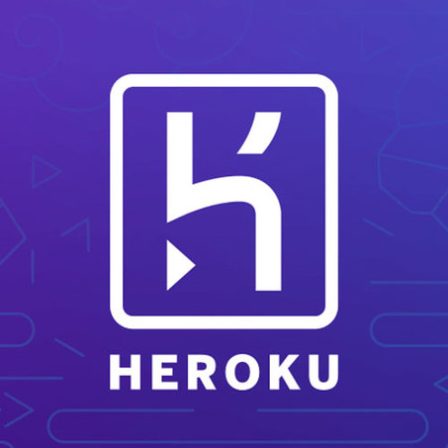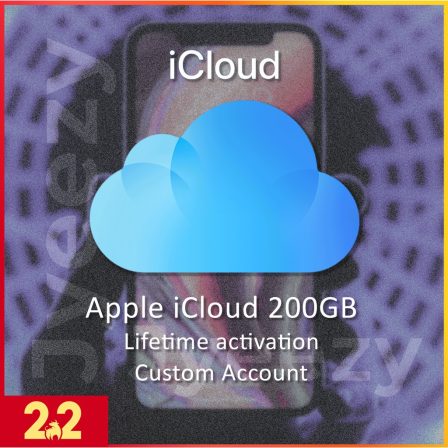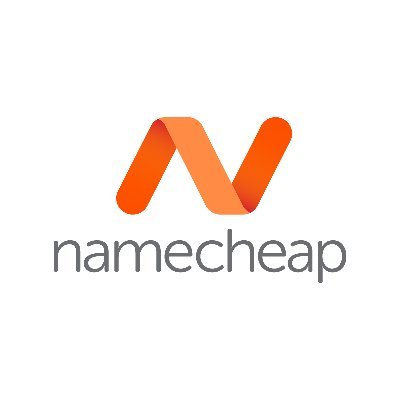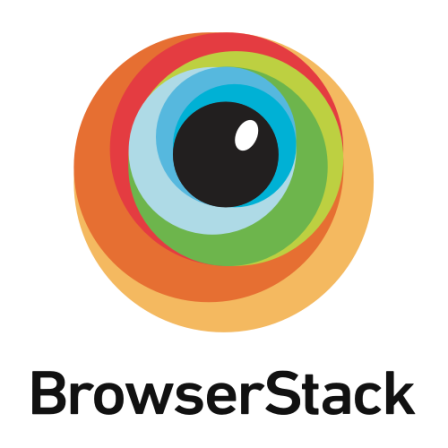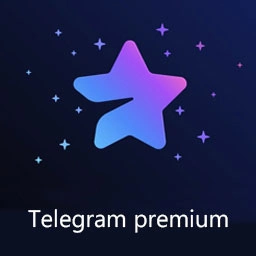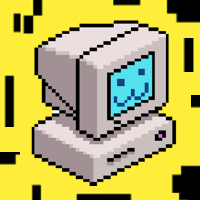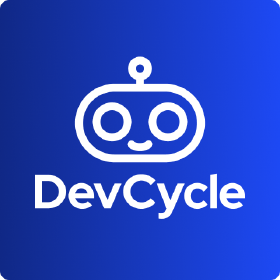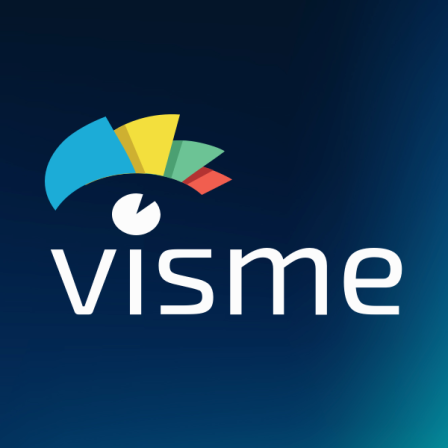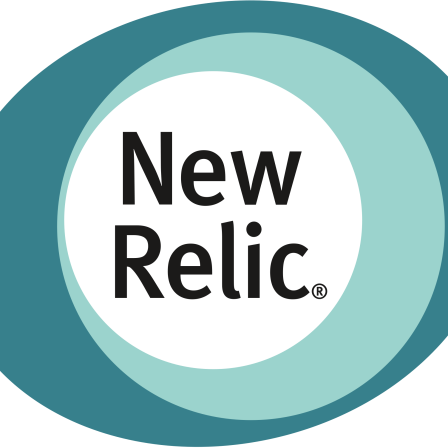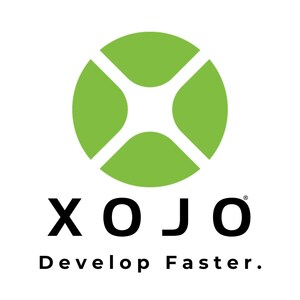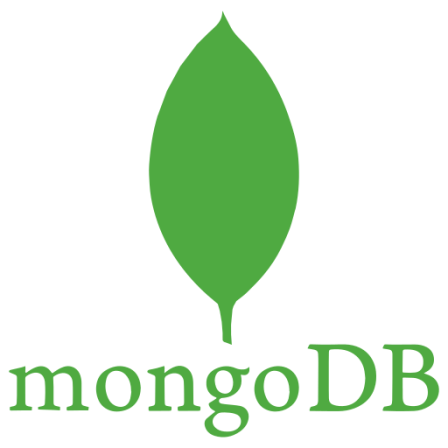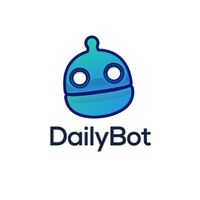There is no item in your cart
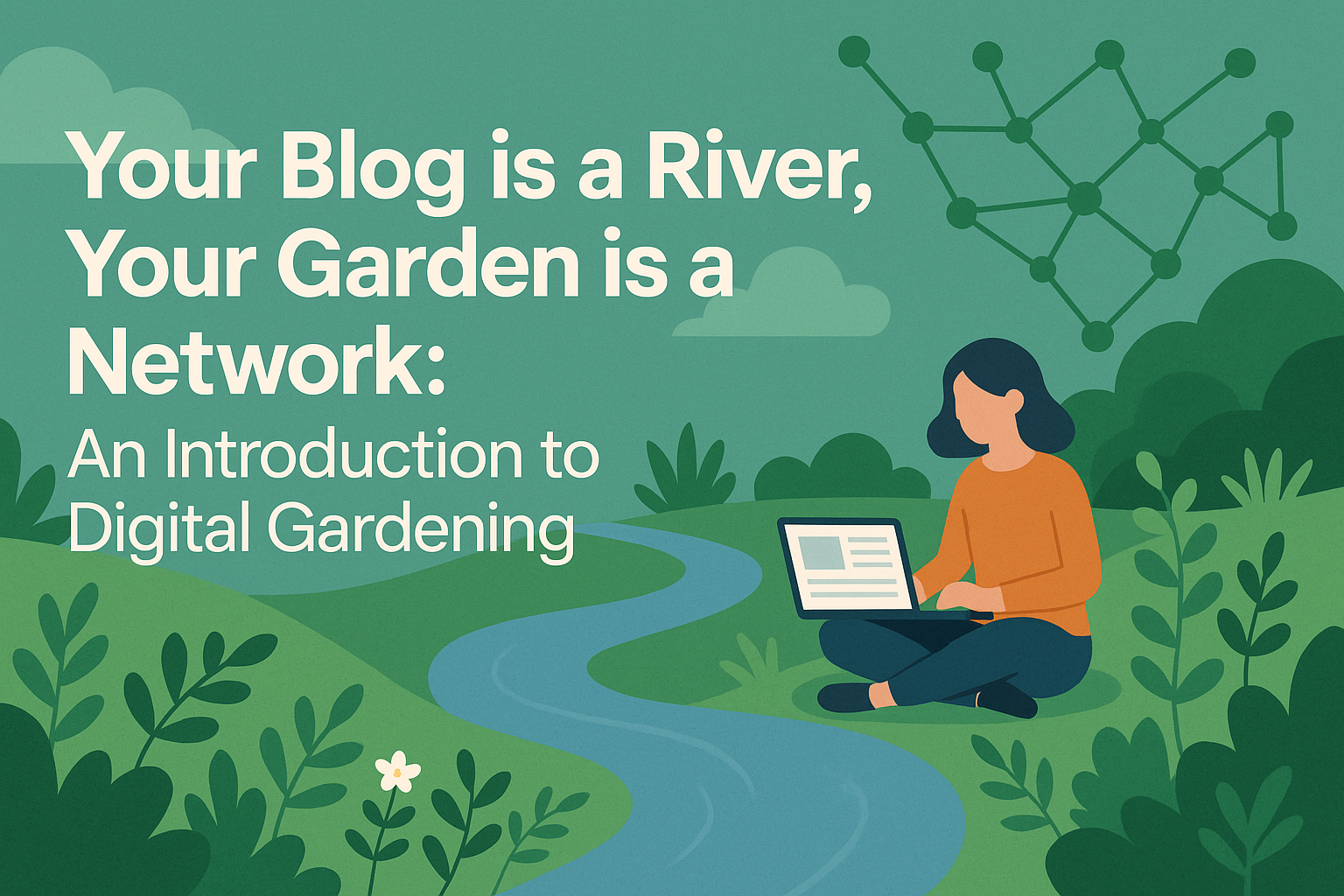
Your Blog is a River, Your Garden is a Network: An Introduction to Digital Gardening
You’ve been told you should “start a blog” to build your personal brand. You write a few posts, they get a handful of views, and then they are swept away by the chronological river of time, buried under next week’s content. The pressure to constantly publish new, “finished” articles is immense, and soon, your blog becomes a graveyard of outdated thoughts. What if there was a better, more sustainable way?
Enter the Digital Garden. It’s not a blog. It’s a living, interconnected network of notes, ideas, and learnings that grows and evolves with you. This guide will explain the philosophy behind this powerful concept and show you how to start cultivating your own knowledge space.
The Metaphor: Stream vs. Garden
- A Blog is a Stream: It flows in one direction, from newest to oldest. It’s a performance, presenting polished, finished thoughts. Old content is hard to find and quickly becomes irrelevant.
- A Digital Garden is a Network: It’s a collection of interconnected notes, like a personal wiki. There is no timeline. Ideas are linked together based on context. It’s a space for learning and exploration, not just performance.
The Core Principles of a Digital Garden
- Interlinking is Everything: Every note should link to other related notes. This creates a web of knowledge that allows you and your readers to discover interesting connections and traverse your thoughts.
- It’s a “Work in Progress”: Unlike a blog post, a note in a garden doesn’t have to be perfect or complete. You can “plant a seed” of an idea and tend to it over time, adding new insights as you learn more. This removes the pressure of perfection.
- Learn in Public: Your garden is a reflection of your learning journey. By sharing your notes, you are sharing your process, which is often more valuable and relatable than a polished final product.
How to Start Your Own Digital Garden: A Practical Guide
- Choose Your Tool: The most important feature is the ability to easily create links between pages.
- The No-Code Way: A platform like [Notion] is a fantastic way to start. Its database features and effortless page-linking (
@mentions) are perfect for creating a digital garden, and you can make your pages public with a single click. - The Developer’s Way: Many developers use static site generators like Obsidian (with a publishing service), Jekyll, or Astro to build their gardens, often managing the content with Git.
- The No-Code Way: A platform like [Notion] is a fantastic way to start. Its database features and effortless page-linking (
- Plant Your First Seeds: Don’t try to write a perfect essay. Start small.
- What did you learn today? Create a small, atomic note about it.
- Found an interesting article? Create a note with the link and your key takeaways.
- Have a half-formed thought about a new technology? Write it down.
- Tend to Your Garden Regularly: Set aside time each week to review your notes. Refine your thoughts, add new links, and see what connections emerge between different ideas. Over time, your small notes will grow into a rich, interconnected knowledge base.
Conclusion
A digital garden is a more sustainable, rewarding, and authentic way to learn in public than a traditional blog. It’s a long-term investment in your own knowledge, creating a valuable personal asset that grows alongside your career. It’s not just a collection of what you know, but a map of how you think.
Cultivating a digital garden requires the right tools to capture, organize, and share your ideas. A powerful workspace like [Notion] can serve as the fertile ground for your garden. Giving it a professional home with a custom domain from [Name.com] makes it truly your own. And managing your garden’s content with a Git client like [GitKraken] ensures it grows gracefully. Explore the toolkit for modern thinkers and creators at SMONE.


